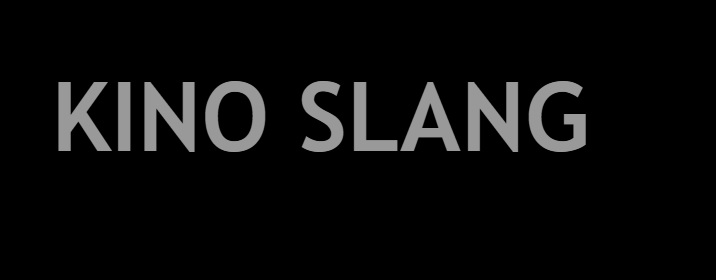FILM: BOOK 1 , ed. Robert Hughes (New York, Evergreen/Grove Press, 1959)
Chapter:
THE SITUATION OF THE SERIOUS FILMMAKER:
THE FILMMAKER & THE AUDIENCE: Replies to a Questionnaire
THE QUESTIONS:
1. What specific difficulties have you experienced which have been caused by interpretations of the "audience" by producers, distributors, censors, etc.? (E.g., Flaherty's re Elephant Boy; Vigo's re L'Atalante and Zéro; Eisenstein's re Ivan; Rossellini's re The Miracle.)
2. What do you consider one of the most encouraging developments in film in recent years?
3. What do you consider one of the most discouraging developments?
4. What film or films would you make if you were free from the non-artistic limitations of sponsorship, censorship, etc.?
Luis Buñuel
1. Except during my first three films, all made before 1932, and produced with absolute independence -- Un Chien Andalou, L'Age d'Or -- I have always felt the pressuremore or less heavily exerted by the producer. But one might deduce from your questions that the producers and distributors are to blame by their special interpretation of public taste for the limitations imposed on the filmmaker. In my opinion, the real responsibility for the spiritual stagnation of cinema lies with the amorphous mass, routinary and conformist, that makes up the audience. The producer limits himself merely to throwing to the beasts the food they demand of him. A businessman neither better nor worse than the others of his time, the producer has no scruples. He is capable of leaping from one ideological plane to another, even if the systems are morally and artistically antagonistic, so long as he is guaranteed prestige and economic success. For the moment it is impossible to foresee any moral elevation of human society. For this reason there does not appear even a glimmer of the spiritual improvement of the audience. One might even predict the contrary. Filmmakers will continue dragging the heavy chains of servility put upon them by the industry and the producers, who, as faithful representatives of the public, will continue their tyrannical repression of the artists' freedom.
2 & 3. To my way of thinking there is not one indication in the film production of recent years, either "capitalist" or "communist," that encourages any hope of the spiritual improvement of cinema -- unless it be in its technical aspect, where the progress of both is unquestionable.
4. If it were possible for me, I would make films which, apart from entertaining the audience, would convey to them the absolute certainty that they DO NOT LIVE IN THE BEST OF ALL POSSIBLE WORLDS. And in doing this I believe that my intentions would be highly constructive. Movies today, including the so-called neo-realist, are dedicated to a task contrary to this. How is it possible to hope for an improvement in the audience and consequently in the producers when every day we are told in these films, even in the most insipid comedies, that our social institutions, our concepts of Country, Religion, Love, etc., etc., are, while perhaps imperfect, UNIQUE AND NECESSARY? The true "opium of the audience" is conformity; and the entire, gigantic film world is dedicated to the propagation of this comfortable feeling, wrapped though it is at times in the insidious disguise of art.
[Mexico City]







 Stills:
Stills: 



